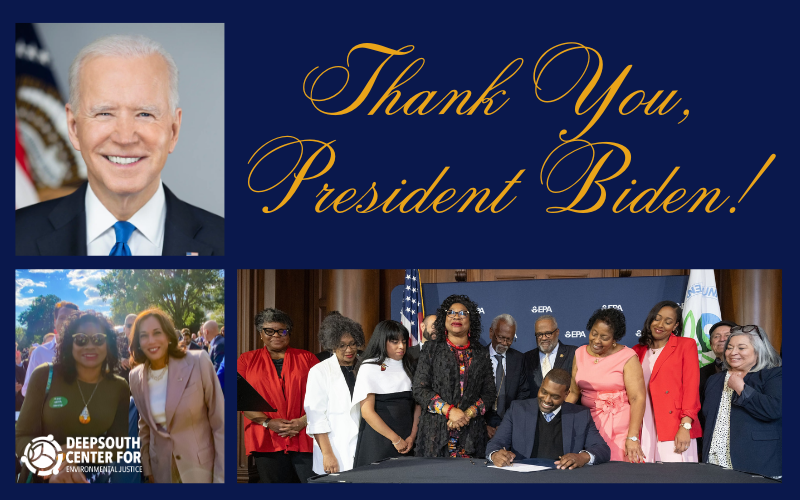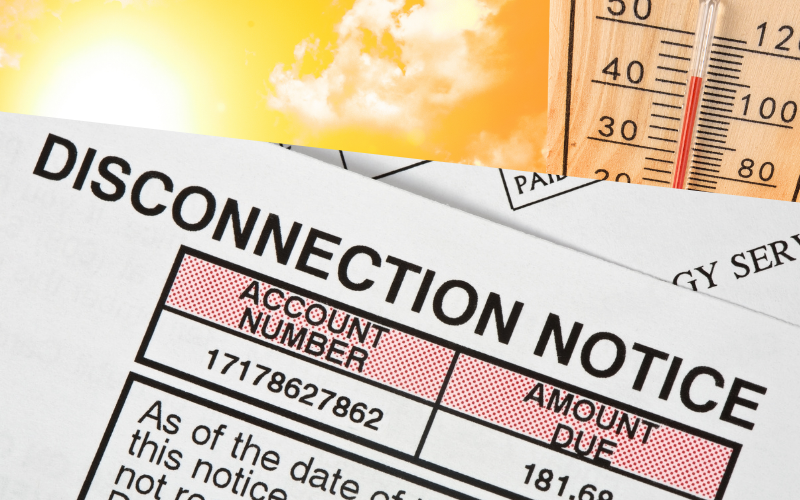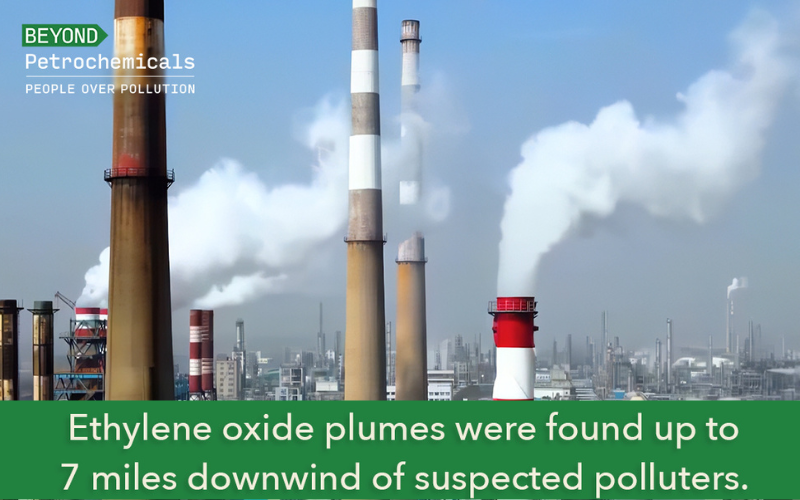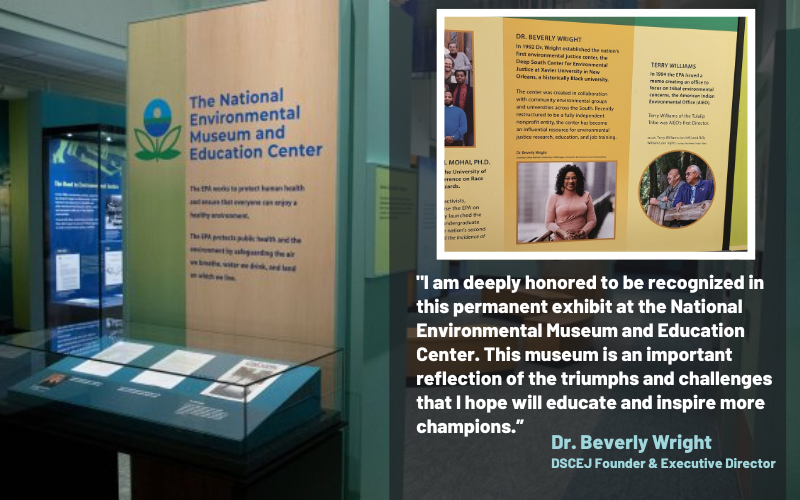FOR IMMEDIATE RELEASE: June 7, 2023
June 1 – 4, 2023
We, the undersigned, attended the National Symposium on Climate Justice and Carbon Management at the Wingspread Center in Wisconsin hosted by GreenLatinos, WE ACT for Environmental Justice, Deep South Center for Environmental Justice, American University’s Institute for Carbon Removal, and the New York Community Trust Foundation. We came as diverse groups representing environmental justice organizations to engage in a productive dialogue on the climate and environmental justice implications, questions, and concerns related to carbon management strategies currently being funded and promoted by the federal government and industries. Much of the conversation and questions focused on concerns related to industrial carbon removal in the form of Carbon Capture and Storage (CCS), Carbon Capture Storage and Utilization (CCUS), hydrogen fuels, and Direct Air Capture (DAC), among others. We write to express the deep concerns and reflections that came out of these discussions which included:
- There is a lack of a holistic consideration of carbon management that ignores the possibilities for a complete transition away from fossil-fueled industries and economies.
- There is no regulatory regime at any level of government – local, state or federal – that can protect environmental justice communities from the cumulative risks and dangers associated with industrial carbon management like CCS. Within the weak regulatory frameworks many of us fight to change, bad actors that fail to enforce environmental regulations are in the process of being approved to hold primary permitting authority over CCS projects.
- These weak regulatory frameworks are further weakened with the recent permitting reforms that strip down the National Environmental Policy Act (NEPA) and could fast-track CCS/CCUS and hydrogen projects.
- Huge financial incentives for CCS/CCUS and hydrogen projects that are in the 45Q and 45V federal tax credits, the Bipartisan Infrastructure Law (BIL), and the Inflation Reduction Act (IRA) are inappropriately investing public tax dollars in risky ventures that could prove harmful to environmental justice communities and worsen climate change without much oversight.
- A discussion of so-called “guardrails” is imprudent and premature when proponents of CCS/CCUS, DAC, and hydrogen fail to acknowledge the known and potential hazards for communities as well as operation failures that increase climate risks. The hazards, risks, and uncertainties of large-scale deployment of industrial carbon removal strategies should not be hidden, ignored or dismissed, but should be clearly identified, defined, and made known as public information.
- What is being proposed at the federal level is undermining wins achieved at the local and state levels to transition away from fossil fuels and harmful co-pollutants like particulate matter to a just and equitable energy economy. Some good examples of state and local gains include the New Jersey Environmental Justice Law, New York Cumulative Impacts Law, and the City of New Orleans Renewable and Clean Energy Portfolio. New Orleans also passed the first prohibition on CCS/CCUS.
- Often overlooked in climate mitigation and resiliency policies and funding opportunities is the consideration of natural, biological carbon sinks, such as the restoration of mangroves, soil improvements, and forest restoration. These approaches also need careful assessment of potential social and equity impacts in their application.
- The overarching purpose of carbon removal should be the complete and rapid transition away from harmful fossil fuels and other sources of industrial pollution, with an absolute priority on reducing chronic disparities of pollution exposure and industrial harm experienced by environmental justice communities.
It’s not lost on us that we convened this weekend at the same location where the Precautionary Principle was developed in 1998. To this end, we affirm that any activity or technology with demonstrated and/or reasonably foreseeable threats to public health and the environment must undertake precautionary measures, even if some causes and effects are not yet scientifically determined. For reasons listed above and more, this absolutely applies to the entire premise of carbon management and associated technologies.
In solidarity,
Dr. Beverly Wright, Founder and Executive Director, and Monique Harden, Director of Law and Public Policy, Deep South Center for Environmental Justice
Peggy Shepard, Co-Founder and Executive Director, and Dana Johnson, Senior Director of Strategy and Federal Policy, WE ACT for Environmental Justice
Dr. Ana Isabel Baptista, Tishman Environment & Design Center, The New School
Maria Lopez-Nunez, Deputy Director, Ironbound Community Corp.
Jennifer M. Hadayia, MPA, Executive Director, Air Alliance Houston
Beto Lugo Martinez, Executive Director, Clean Air Now EJ
Anthony Karefa Rogers-Wright, Director of Environmental Justice, New York Lawyers for the Public Interest
Sharon Lewis, Executive Director, Connecticut Coalition for Economic and Environmental Justice
Dr. Nicky Sheats, Esq., Center for the Urban Environment, John S. Watson Institute for Urban Policy and Research at Kean University
Huda Alkaff, Founder and Director, Wisconsin Green Muslims
Nayyirah Shariff, Director, Flint Rising
Mark Magaña, Founding President and CEO, and Irene Burga Márquez, Climate Justice and Clean Air Program Director, GreenLatinos
Rev. Lennox Yearwood, Hip Hop Caucus







